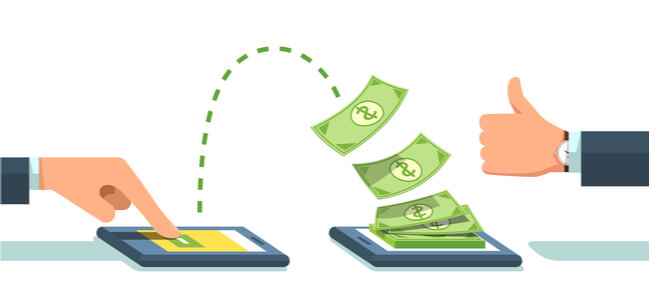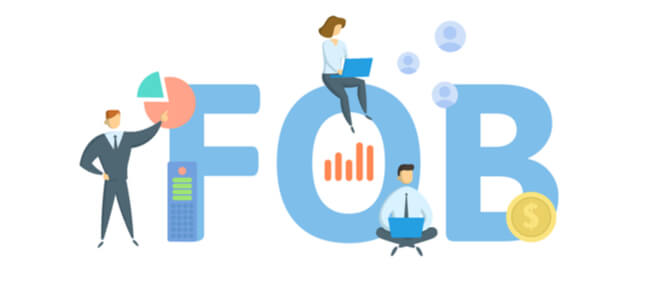What Is Invoice Data Capture?

Processing a vendor bill from the receipts by capturing the invoiced data via scanning methods such as optical character recognition (OCR) is called invoice data capture.
The traditional processes involved with capturing billing information via manual input of data is as follows:
- Receive the paper bill
- Log in to the invoicing app
- Crosscheck purchase order with the paper bill by entering the PO number in the software
- Crosscheck the vendor detail with the paper bill by entering the name of the supplier into the software
You have to continue by repeating the crosscheck process mentioned above manually for every field to complete it.
Unlike this tedious process, the data capture process via OCR typically consists of four steps that include the process of extraction with OCR, classification of the document, validation with quality control of data, assessment, and analysis.
Read on to discover the meaning of OCR along and its two types along with the scanning systems worth using for structured and semi-structured documents.
What Is OCR?
Built for enhancing readability for blind readers in the early 20th century, optical character recognition, commonly referred to as OCR, is used to read license plates, receipts, invoices, checks, and legal billing documents.
The process involves scanning a document to read and collect its content using software or hardware. Accounting professionals make use of OCR to analyze billing details by transforming them into metadata that fills databases.
Simply put, such a tool can collect data from invoices automatically without a manual look. It transforms the AP workflow and when combined with machine learning, such a system can intuitively fill the appropriate fields from the extracted information.
There are two types of optical character readers as explained below.



